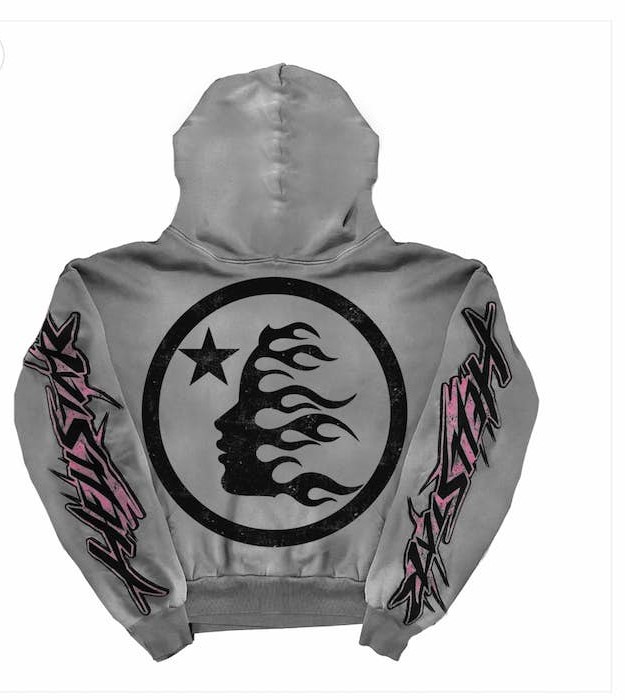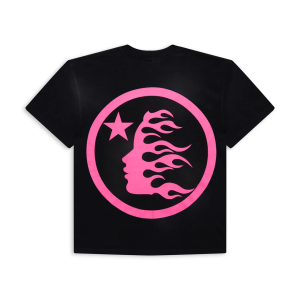In the world of streetwear, few brands have made as impactful a mark as Trapstar Trapstar. Founded in the UK, Trapstar’s journey from an underground clothing label to a globally recognized fashion powerhouse has been fueled by authenticity, collaboration, and a unique approach to street culture. This article dives into the history, influence, and cultural significance of Trapstar, exploring how it became a go-to brand for fashion-savvy youth worldwide.
Origins: A Brand Born from Underground Culture
Trapstar was established in 2005 by friends Mike, Lee, and Will, who started by designing T-shirts and selling them to friends and local fans. The brand’s name, “Trapstar,” reflects a blend of street influences, alluding to both the “trap” (slang for hustling and surviving in urban areas) and the idea of being a star within that context. Starting small, the founders were dedicated to creating apparel that was not only stylish but that also represented their London roots, drawing heavily from music, film, and street culture.
The founders took a DIY approach, selling items by word of mouth and out of the trunk of their cars, building a reputation within London’s underground scene. This grassroots approach helped them cultivate a dedicated following and cement their brand’s authenticity—something that remains key to its identity today.
Rise to Prominence: Streetwear Meets High Fashion
Trapstar’s rise to prominence wasn’t accidental; it was a calculated effort to mix high fashion with street style. The brand is known for its dark, edgy aesthetic, often featuring bold prints, military-inspired designs, and distinct logos, most notably the “T” star and the tagline “It’s a Secret.”
In 2013, Trapstar’s collaborations with global icons like Rihanna and Jay-Z catapulted the brand to the international stage. Jay-Z even wore Trapstar on tour and introduced the brand to a wider American audience, solidifying its influence across the Atlantic. These celebrity endorsements helped transform Trapstar from a cult favorite into a mainstream phenomenon, while retaining its street credibility.
Aesthetic and Signature Pieces
Trapstar’s aesthetic is bold, often featuring black and red color schemes, graphic designs, and a fusion of gritty street elements with luxury twists. Its pieces include everything from puffer jackets and hoodies to T-shirts and accessories, all designed to stand out while remaining wearable for everyday use. The brand’s popular “Decoded” jackets, graphic tees with slogans, and oversized silhouettes reflect its versatile, gender-neutral appeal, resonating with a diverse range of customers.
The brand’s slogan, “It’s a Secret,” is a reminder of its underground roots and exclusivity. Trapstar releases are often limited-edition, adding to the brand’s allure and desirability. The concept of secrecy and exclusivity is deeply embedded in the brand’s DNA, appealing to fans who value unique, hard-to-find items.
Collaborations and Cultural Impact
Collaborations have been a core component of Trapstar’s success. Besides working with big-name artists, the brand has collaborated with labels like Puma, allowing it to reach a broader audience while staying true to its ethos. These partnerships blend Trapstar’s street aesthetics with the sportswear giant’s functionality, producing exclusive, limited-edition pieces that quickly become collector’s items.
Trapstar’s impact on culture goes beyond fashion. The brand is closely associated with the UK’s grime and rap scenes, championing local artists and collaborating with musicians who embody its values of resilience, creativity, and authenticity. In doing so, Trapstar has established itself not just as a clothing brand but as a symbol of British street culture, empowering a generation of creatives to embrace their individuality.
Global Expansion and Continued Relevance
As Trapstar has grown, it has expanded its presence globally, opening flagship stores and increasing its online footprint. Despite this growth, the brand has managed to keep its underground Trapstar Hoodie appeal, ensuring that each new drop feels special and sought-after. In an industry often dominated by fleeting trends, Trapstar has managed to stay relevant by staying true to its roots and constantly pushing the boundaries of streetwear design.
Conclusion
Trapstar’s journey from a small, London-based label to a globally recognized streetwear brand is a testament to the power of authenticity and innovation. By blending street culture with high fashion, Trapstar has captured the attention of fashion enthusiasts, musicians, and celebrities alike, solidifying its place in the world of contemporary streetwear. Its success story is an inspiring reminder of how grassroots movements can evolve into cultural phenomena, all while maintaining their original spirit.
In an industry where brands come and go, Trapstar’s ability to stay relevant speaks to its enduring appeal. As streetwear continues to influence high fashion and culture, Trapstar remains at the forefront, embodying the ethos of the streets and the spirit of independence.



